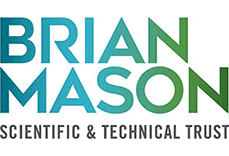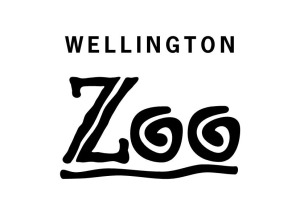
Earlier this year, New Coasters joined BeCollective.com, a “digital gateway to helping your community and realising your positive social impact”. The idea is to link volunteers to volunteer opportunities and the Trust took up the offer.
Understanding where penguins might be is critical for the advocacy role of the Trust. When councils are developing or updating plans or considering resource consents in the coastal area, we are able to advise whether there is a potential risk to penguins and seek conditions or rules that will protect them.
Penguins could appear anywhere on our coasts. Main locations will of course be their breeding colonies and their nest sites, but if they have been injured or are ill, they may stop on a beach away from their nest. We also know that they may travel inland, perhaps for up to a kilometre, sometimes following rivers upstream. And of course we know that they end up on roads that have been created through their nesting habitat to make our lives easier.
Together with DOC, the Trust established a mortality database in 2006 to record all dead penguins that were reported. Reports were added to a spreadsheet and facts, as far as they could be determined, were included for each record, such as juvenile or adult, cause of death, when and where found.
This is where we needed some help and volunteer Fung Lai responded to the call on BeCollective for a volunteer to translate location descriptions into map coordinates and then maps.
When using maps in the past, the Trust has identified penguin sign and sometimes been able to confirm nest sites. For example, the maps below are from a surveys in 2007 and 2012.


Kerry-Jayne Wilson, working with Richard Seed from the New Zealand Penguin Initiative at the time, focussed on known breeding sites in a project to map blue penguin breeding locations around New Zealand.

However, it is not easy to confirm breeding sites, particularly over a stretch of coast around 600km long.
So why not refer to a map where we have evidence of penguins being found dead, plus the evidence from annual penguin counts over the years?
Fung Lai came to the rescue and gradually worked through the spreadsheet records, doing an absolutely brilliant job of finding often obscure and local location descriptions on a map and translating records to map coordinates that can be viewed in any map program including Google Earth.
Before we get to the maps that Fung has created for the Trust, let’s introduce her.
Fung and her husband set sail from the UK on a two year journey across the Atlantic and Pacific oceans to Aotearoa New Zealand, their final destination. Although they didn’t see many penguins on their travels, Fung has found an interest in seabirds and enjoys photographing shags when out and about in her home city of Auckland, observing their behaviour. She enjoys looking out for penguins too when exploring the islands and coast up in that part of the country.
Fung has worked in software development for over a decade and was able to apply her many skills to our challenge.
With some of the more obscure descriptions of locations still to identify, we have already got an excellent picture of penguin locations for the region.


Yes, you are correct – that is the sad picture of where dead penguins have found, with around 2/3 killed on coast roads – significantly reduced since we installed penguin protection fences – and 1/5 killed by dogs.
The mortality database has been invaluable in determining where we need to invest time and resources – including the fences and awareness around the threat posed by loose dogs, especially at night. If you find a dead penguin, please let us know using our simple form on our contact page: https://www.westcoastpenguintrust.org.nz/contact/
Back to the maps, and if we combine all three datasets, we have a complete map of our current understanding of where penguins have been recorded across the West Coast.

We will continue to work on the missing data, but this is a huge leap forward in our understanding and representation of where there is or has been penguin activity over the past 15 years or so. It will be enormously useful in our work and we will be sharing it with district and regional planners once it is complete.
Our very grateful thanks go to Fung and here are some of her shag photos – pied shag I believe – that she kindly shared with us.

And this is a perfect time to be thanking Fung and in face all volunteers – National Volunteer Week!


























